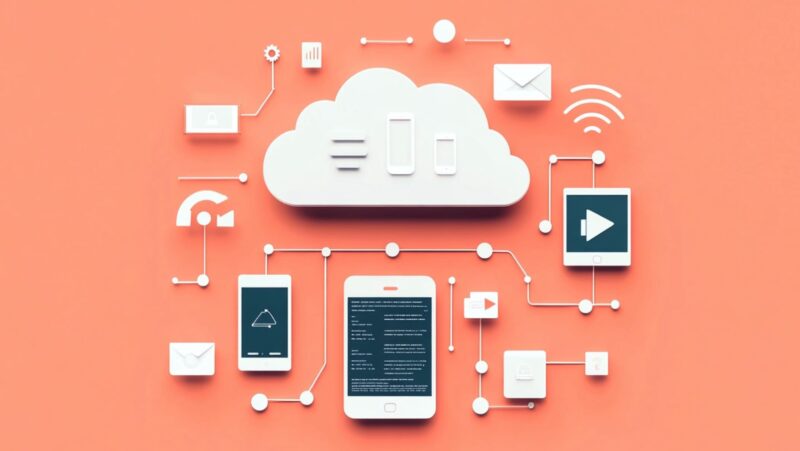
AI is perhaps the hottest topic in business. Studies show that 64% of businesses are convinced that implementing it can help them boost productivity. In the meantime, not everyone knows how to achieve that in practice. You know that AI is powerful (at least, it’s believed to be so). You know that it can do amazing things for your operations. And what’s the next step? What exactly do you do to reap those beautiful benefits?
AI as such is not a tool, of course. Implementing it would normally mean implementing tools designed based on it. Your first step here is turning to ai consulting services. They analyze your case and recommend a tool that should be most helpful to you. Sometimes, it’s custom software that needs to be built from scratch. Othertimes, it’s an off-the-shelf solution that needs to be integrated into your system. Below are five examples of what those tools may be.
AI Business Intelligence Software
AI business intelligence (BI) software is the first solution to consider when you want to quickly optimize things. These tools use AI algorithms to
- optimize business processes
- extract performance insights
- build BI reports
- forecast outcomes (with incredible accuracy, by the way!).
In other words, they can show you how your business is performing and how it will likely be performing in the future.
When to Use:
- scaling your business
- complex data management
- performance optimization
AI Document Recognition Tools
AI document recognition tools are absolutely essential if your business manages lots of documents (or just some documents). They help users to
- find documents
- extract data from them
- classify them.
This frees up your employees and reduces manual data entry errors.
When to Use:
- high volume document processing
- compliance and auditing
- customer onboarding (e.g., verifying customer documents)
Computer Vision Solutions
These are relatively new and thus not yet widely implemented (which means you can get your competitive advantage thanks to them).

Computer vision solutions use AI to detect objects and derive meaningful information from images, videos, and other visual elements.
This technology can be applied in numerous ways. That is, you can use it for quality control in manufacturing. Or, you can equally well employ it for enhancing security systems. It all depends on your needs and… creativity.
When to Use:
- quality assurance
- security enhancements
- retail analytics
AI-Based Contact Centers
AI-based contact centers can bring substantial changes to customer service. They allow businesses to reach customers via multiple channels from a single platform. And they also let businesses use real-time call analytics and conversation intelligence.

This means that your interactions with customers become sources of valuable insights. Of course, they already are but now you can derive much more data from them.
When to Use:
- high call volumes
- multi-channel support
- performance monitoring
Voice & Speech Recognition Apps
Voice and speech recognition apps are super popular. Even if you’ve never used them, you’ve most likely heard of them. Now, what can they do for a business? These apps can recognize the voice and words. And then, based on that data, they provide the most appropriate responses and carry out commands without human intervention. So you see what this may imply. They are perfect for creating hands-free applications and enhancing user experiences.
When to Use:
- hands-free operations
- to improve accessibility (e.g., make your products or services accessible for users with disabilities)
- customer interaction
As you see, the buzz around the use of AI in business is not ungrounded. What is important here is to choose AI-based solutions thoughtfully. This tech is new and everything related to it sounds attractive and super effective. But each solution is fit for its goals. If you are unsure which one fits yours, it’s best to hire professional consultants, like maybe a managed IT service in Pittsburgh that offers AI which would be beneficial for your local business. These people have managed AI implementation in different businesses so they have enough experience to predict what should work best in your case.








